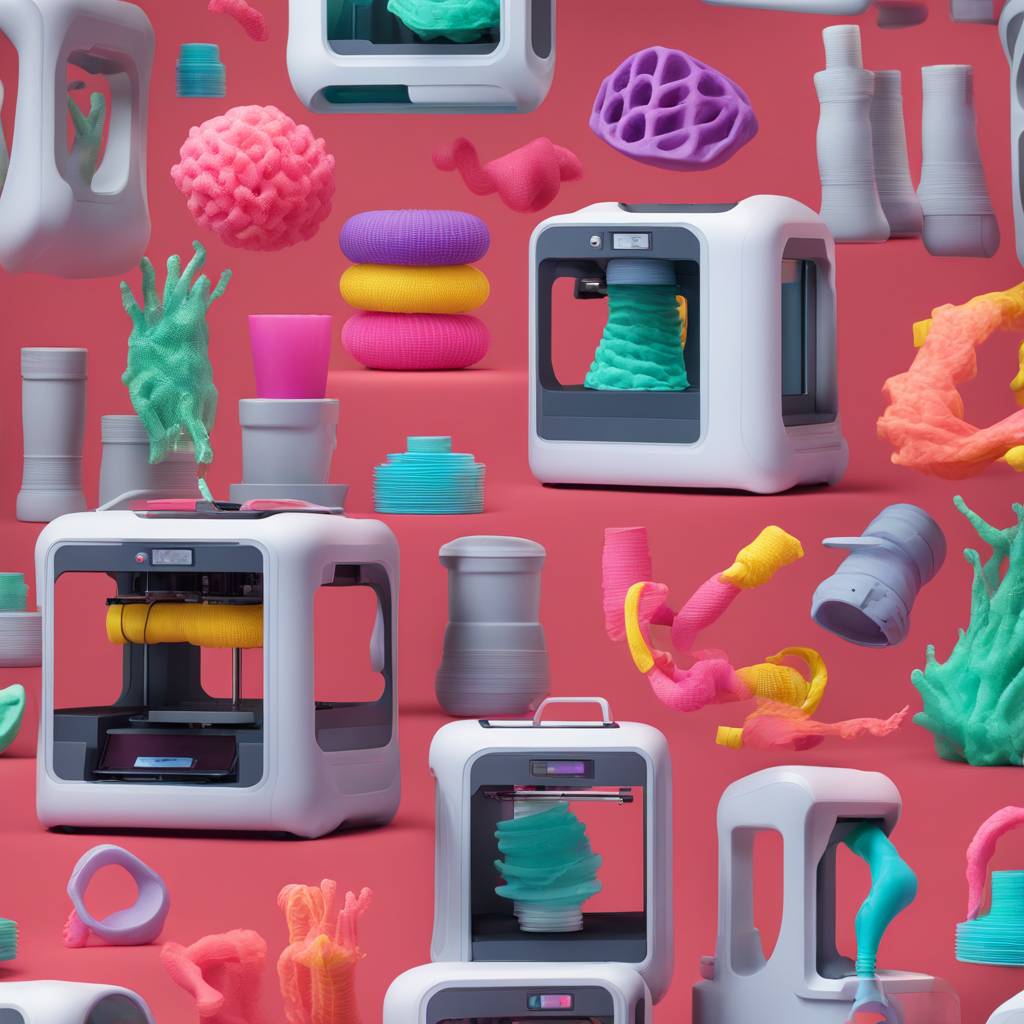The new research facility at Sydney’s Chris O’Brien Lifehouse is dedicated to developing personalized prosthetics, surgical guides, and devices for patients with head and neck cancers. Led by reconstructive plastic surgeon Dr. Joe Dusseldorp, the facility utilizes 3D printing technology to create individualized components that improve accuracy, reduce wait times, and provide a more effective alternative to traditional reconstruction techniques. One of the first patients to benefit from this technology was Mark Robinson, who required surgery to remove cancer and reconstruct his nose and teeth.
Dr. Dusseldorp and his team used virtual surgical planning to develop a solution that involved titanium abutments for a magnetically attached nose and fixtures for a partial denture. By incorporating 3D capabilities in their surgical approach, they were able to achieve a successful reconstruction that allowed Robinson to resume his normal daily activities such as chewing, smiling, and talking. The use of 3D printing technology also enabled the team to avoid the lengthy process of shipping components from international locations, allowing for a shorter timeframe to complete the surgery and provide care to patients.
The new research facility at Lifehouse aims to bridge the gap between surgery and research, allowing doctors and researchers to work collaboratively in developing innovative solutions for patients with head and neck cancers. By combining the expertise of head and neck surgeons with cutting-edge technology, the facility seeks to address the limitations of traditional reconstruction methods and provide patients with better outcomes. The facility is supported by the Walker Family Foundation and is poised to make a significant impact on the health outcomes of cancer patients in New South Wales and beyond.
The laboratory focuses on conducting innovative, multidisciplinary research to develop solutions that both look normal and function properly for patients undergoing reconstructive surgery. By utilizing 3D printing technology, doctors and researchers can create personalized prosthetics and devices that not only restore facial features but also improve the quality of life for patients. The ability to produce these components in-house eliminates the need to rely on external companies for manufacturing, reducing wait times and increasing accessibility to life-enhancing reconstructive surgery for more patients.
Dr. Dusseldorp highlighted the importance of reconstructing a patient’s face in a way that allows them to recognize themselves in the mirror while also ensuring that they can chew, smile, and talk properly. The combination of the research facility with a cancer hospital enables doctors and researchers to identify gaps in current practices and develop innovative solutions to address these challenges. The laboratory aims to conduct clinical trials to validate the effectiveness of the devices produced before implementing them on a wider scale, ensuring that patients receive the best possible care and outcomes.
Overall, the new research facility at Chris O’Brien Lifehouse represents a significant advancement in the field of reconstructive surgery for patients with head and neck cancers. By combining clinical expertise with state-of-the-art technology, the facility aims to revolutionize the way reconstructive procedures are performed and improve the quality of life for cancer patients. The support of the Walker Family Foundation and the dedication of the medical team at Lifehouse ensure that more patients like Mark Robinson can benefit from cutting-edge treatments and personalized care, ultimately leading to better health outcomes for individuals living with cancer.


